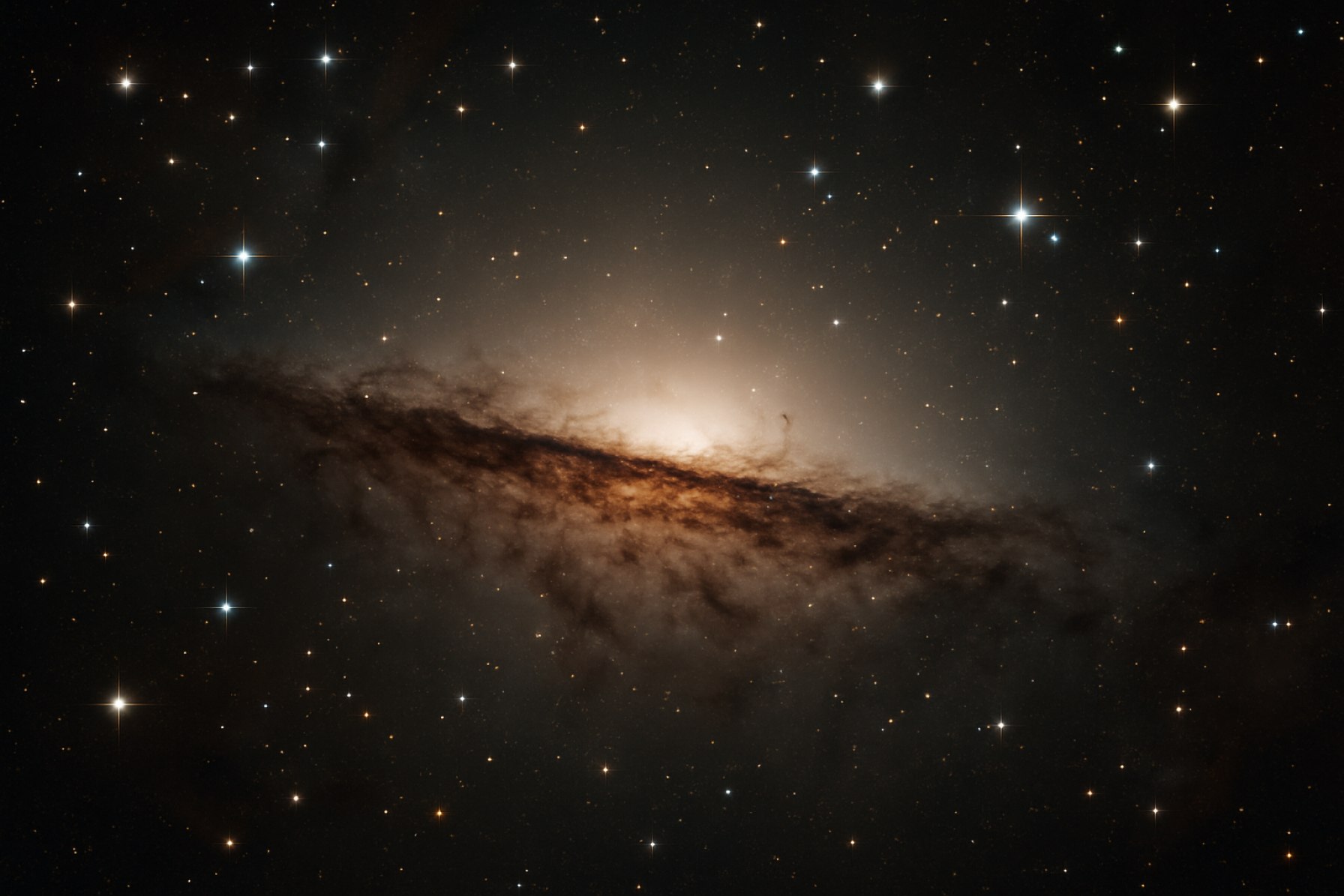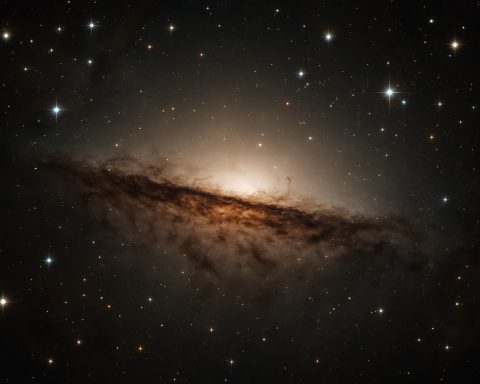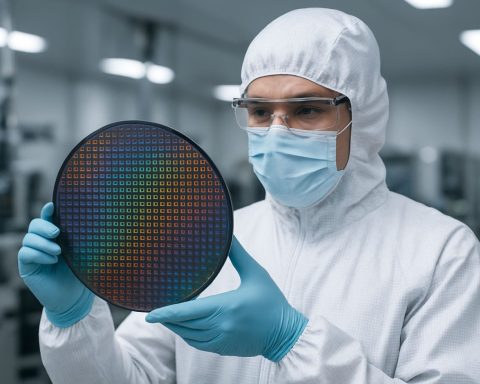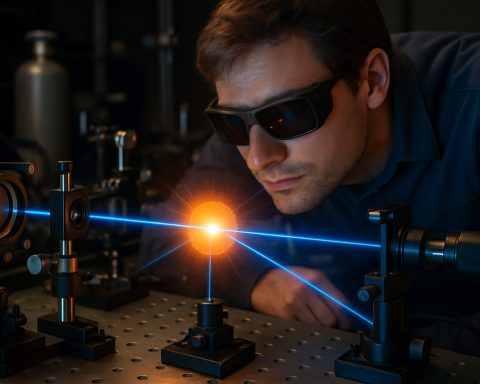NASA’s Jaw-Dropping New Images of Sombrero Galaxy Reveal Violent Past and Cosmic Mysteries
The James Webb Space Telescope’s latest observations expose the hidden past of the Sombrero Galaxy and shine a light on its mysterious structure.
- 30 million light-years: Distance from Earth to the Sombrero Galaxy
- 2,000+ globular clusters found—evidence of past galactic collisions
- Webb’s NIRCam captures unprecedented detail by peering through dust in infrared
- The Sombrero’s central bulge shines with billions of stars
NASA’s James Webb Space Telescope (JWST) just redefined how we see the iconic Sombrero Galaxy (NASA). Its latest image, taken in near-infrared, slices through cosmic dust to expose the hidden heart and wild history of a galaxy that has long dazzled stargazers. Now, scientists are learning the Sombrero’s serene shape masks a legacy of cosmic violence.
What Makes the Sombrero Galaxy So Special?
Perched on the edge of the Virgo Cluster, 30 million light-years away, the Sombrero Galaxy—named for its wide-brimmed hat appearance—boasts a luminous central bulge and striking dust lane. While the Hubble Space Telescope captured dazzling photos in visible light, Webb’s NIRCam unlocks a deeper, more mysterious layer. The dust that usually blurs astronomers’ vision fades away, revealing tightly-packed stars in exquisite detail.
How Did Webb’s New Images Change the Game?
Webb’s advanced near-infrared eyes tear right through the galaxy’s thick dust. Suddenly, astronomers can study star formation, gas flows, and dusty mysteries in high definition. The latest images split the galaxy in half: one side in near-infrared, the other in mid-infrared, thanks to Webb’s powerful MIRI tool. The contrast is striking—stars glow, dust lanes soften, and the cosmic tapestry unravels.
Q: Was the Sombrero Galaxy Always This Calm?
Not at all. Scientists now believe its elegant appearance hides a brutal past. The discovery of over 2,000 globular clusters—dense star swarms—hint that the galaxy devoured others in violent mergers. These clusters contain stars with noticeably different chemical makeups, strong evidence that the Sombrero was formed by cosmic collisions rather than peaceful evolution.
Chemical fingerprints of these clusters, seen in Webb’s data, reveal a gallery of past mergers and dramatic upheaval—making the galaxy a living fossil of intergalactic strife.
Can Webb Really See Individual Stars in Other Galaxies?
Absolutely. Webb’s pinpoint sharpness picks out red giant stars glowing in the near-infrared. Even more impressive, some of these stars belong to galaxies thousands of light-years behind the Sombrero, forming an intergalactic mosaic that helps astronomers chart distances and decode the universe’s grand story.
What’s the Mystery of the Warped Disk?
Webb’s images exposed an unexpected twist: the Sombrero’s inner disk is warped and tilted inward, almost funneled by unseen forces. This warped disk provides more proof of violent galactic mergers. Over eons, gravitational chaos from collisions likely bent the disk, and Webb’s stunning clarity lets scientists observe the aftermath. Every bend in its glowing rim whispers secrets of the past.
How Do These Discoveries Shape Astronomy’s Future?
By revealing the hidden scars and unseen stars within the Sombrero Galaxy, the James Webb Space Telescope pushes astronomy into a new era. These insights help scientists everywhere—from NASA’s mission control to the research teams at the European Space Agency—piece together how galaxies grow, interact, and transform over billions of years.
For cosmic explorers and stargazers alike, Webb’s images spark a fresh wave of curiosity about what lies beyond our cosmic backyard. Follow the journey on Webb’s official website and stay tuned for what the universe reveals next.
Ready to dive deeper? Here’s your action checklist for staying updated and exploring the cosmos:
- Bookmark NASA and ESA’s newsrooms for real-time space discoveries
- Explore the latest telescope images on WebbTelescope.org
- Subscribe to science news for instant updates on future breakthroughs
- Use telescope apps or stargazing guides to spot the Sombrero Galaxy in real sky
The universe’s secrets are unfolding—don’t blink, or you’ll miss the next discovery!













